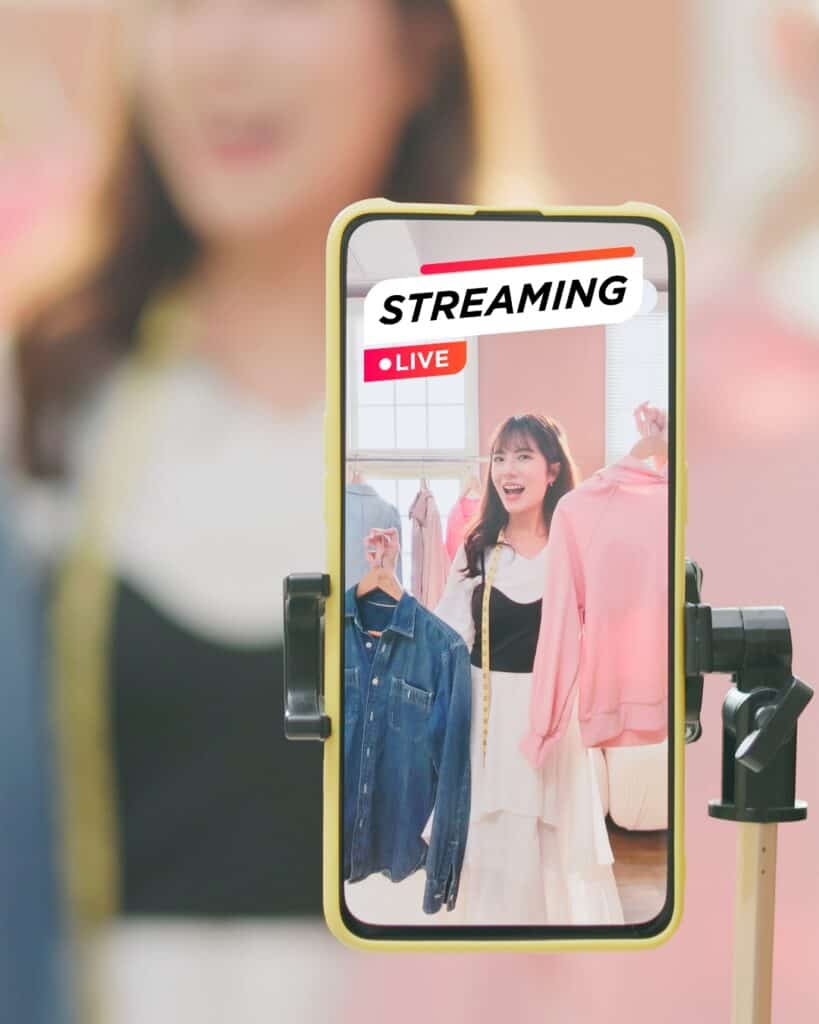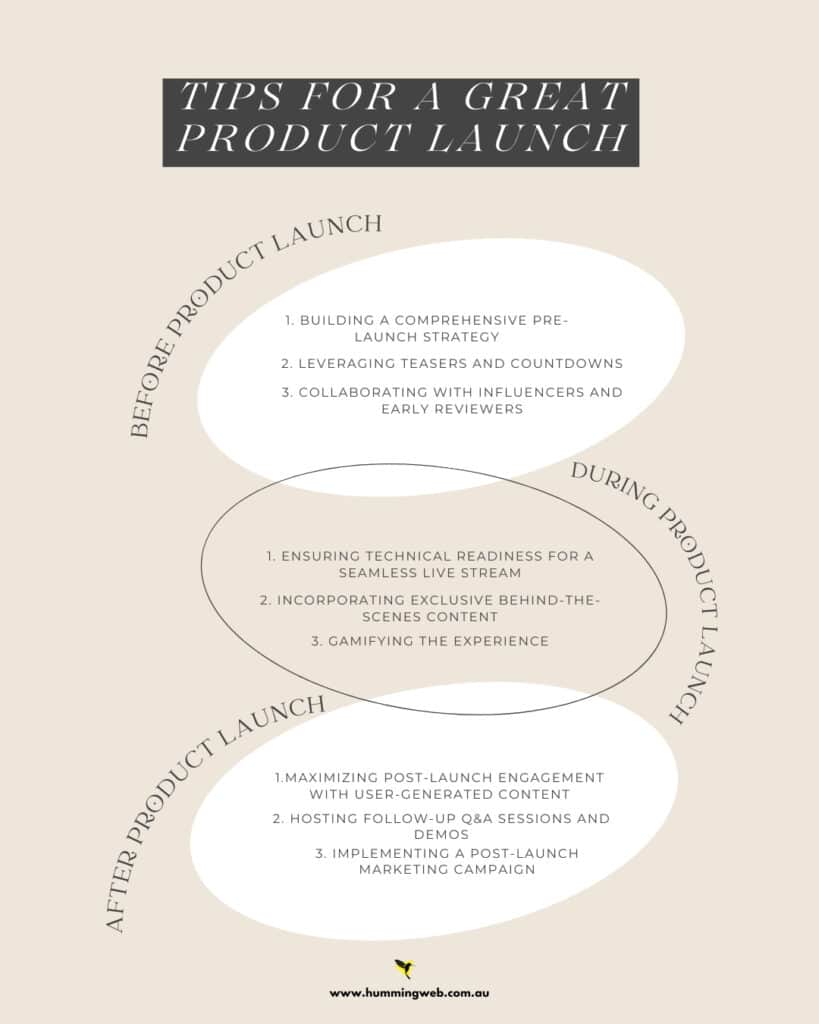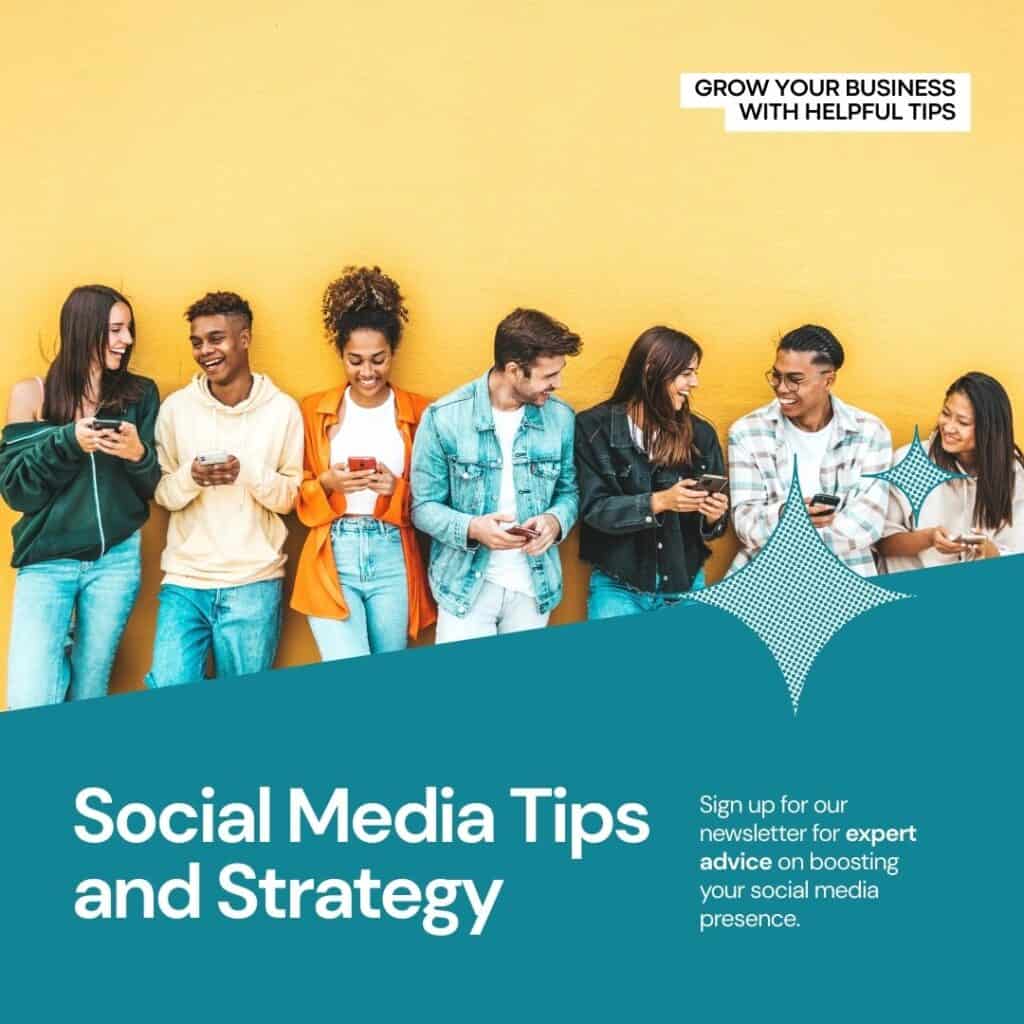In the fast-paced world of technology and innovation, product launches have become a critical component of a brand’s success. Gone are the days of traditional press conferences; now, companies are turning to live streaming to unveil their latest creations.
In this blog post, we’ll delve into the realm of real-time airing for events and product unveiling, exploring successful examples, understanding the effectiveness of this approach, and providing valuable tips for a seamless and impactful product introduction experience.

The Rise of Live Streaming for Product Launches
In an era where connectivity is key, It has emerged as a powerful tool for businesses looking to make a splash with their product launches. The shift from conventional launch events to virtual unveilings has been evident, with major players like Apple, Tesla, and Nike paving the way. These companies have not only embraced the trend but have also mastered the art of engaging their audience through live broadcasting.
Successful Product Launches via Live Stream — A Few Examples
1. Apple’s Keynote Events: Setting the Standard
Apple, renowned for its innovation, has seamlessly integrated live streaming into its product unveiling strategy. The Cupertino giant’s Keynote events have become iconic, setting the standard for a captivating virtual experience. From the unveiling of groundbreaking iPhones to the introduction of revolutionary Macs, Apple’s live streams are a masterclass in combining information dissemination with a theatrical presentation.
One memorable instance is the launch of the iPhone X, where the live airing not only showcased the device’s features but also took the audience behind the scenes, providing an intimate look at the meticulous design process. The result? An engaged global audience eagerly anticipating the next big thing from Apple.
2. Tesla’s Cybertruck Unveiling: Engaging the Audience
Elon Musk’s Tesla took a different approach to live streaming with the Cybertruck unveiling. The event was not just about the product; it was an immersive experience. Tesla’s live stream featured not only the sleek electric truck but also interactive elements, allowing viewers to participate in the unveiling process. The real-time engagement created a sense of community among Tesla enthusiasts, turning the Cybertruck launch into a social event.
3. Nike’s SNKRS Live: Fusing Product Unveiling with Entertainment
Nike has successfully merged product unveiling with entertainment through its SNKRS Live events. These live streams go beyond showcasing the latest sneakers; they create an entire experience. With celebrity appearances, exclusive behind-the-scenes footage, and limited-edition drops, Nike has transformed its product unveiling into must-watch events. SNKRS Live has become a cultural phenomenon, demonstrating the potential of combining live streaming with entertainment to captivate a diverse audience.
What Makes Live Streaming So Effective?
1. Real-time Engagement and Interaction
It provides a unique opportunity for real-time engagement and interaction with the audience. Viewers can ask questions, express their thoughts, and even participate in polls or surveys during the live event. This level of engagement not only keeps the audience invested but also allows brands to gather instant feedback, creating a two-way communication channel.
2. Global Reach and Accessibility
One of the primary advantages of live streaming is its ability to transcend geographical boundaries. Whether you’re in New York or Tokyo, you can tune in to a live broadcast and be part of the experience. This global reach ensures that a product launch has the potential to reach millions of viewers simultaneously, greatly expanding its impact and visibility.
3. Building Anticipation and Hype
It is a powerful tool for building anticipation and generating hype before a product launch. Teasers, countdowns, and sneak peeks can be strategically integrated into pre-launch live streams, creating a sense of excitement among the audience. The live format allows companies to control the narrative and maintain a level of secrecy until the big reveal, keeping viewers on the edge of their seats.
Tips for a Great Product Launch

A. Things to Do Before the Product Launch
1. Building a Comprehensive Pre-launch Strategy
Before hitting the live button, it’s crucial to have a well-thought-out pre-launch strategy. This includes not only creating teaser content but also strategically timing its release. Consider utilizing a teaser campaign that spans several days or weeks, gradually revealing more information as the launch date approaches. This incremental approach builds sustained anticipation and keeps your audience engaged over an extended period.
2. Leveraging Teasers and Countdowns
Teasers and countdowns serve as essential tools for building anticipation. While short teaser videos are effective, consider experimenting with other teaser formats, such as cryptic clues or interactive puzzles. Engaging your audience in solving these teasers not only builds excitement but also fosters a sense of community around the upcoming launch. Additionally, countdowns can be featured on your website or social media pages, serving as a visual reminder of the impending event.
3. Collaborating with Influencers and Early Reviewers
Consider leveraging the power of influencers and early reviewers to create buzz before the live stream. Provide them with exclusive access to the product or behind-the-scenes content that they can share with their followers. The testimonies and insights from trusted voices in the industry can significantly impact your product’s perceived value and generate interest among their respective audiences.
B. Things to Do During the Product Launch
1. Ensuring Technical Readiness for a Seamless Live Stream
Beyond the basics of technical preparation, consider incorporating multi-camera setups or augmented reality elements to enhance the visual experience. A dynamic presentation with varied shots and engaging visuals can captivate the audience’s attention throughout the live stream. Additionally, ensure that it is optimized for different devices, offering a seamless viewing experience across desktops, tablets, and smartphones.
2. Incorporating Exclusive Behind-the-Scenes Content
While the main focus is on the product unveiling, consider integrating exclusive behind-the-scenes content during the live stream. This could include glimpses into the product development process, interviews with key team members, or a virtual tour of your facilities. Providing a more intimate look into the making of the product adds a personal touch and connects the audience emotionally with your brand.
3. Gamifying the Experience
Inject an element of gamification into your live stream to make it more interactive and entertaining. Consider incorporating quizzes, challenges, or giveaways that viewers can participate in during the event. This not only keeps the audience engaged but also creates a sense of excitement and competition. Prizes could include exclusive access to limited-edition products, discounts, or even virtual meet-and-greets with company executives.
C. Things to Do After the Product Launch
1. Maximizing Post-launch Engagement with User-Generated Content
Encourage your audience to share their experiences with the newly launched product by creating a dedicated hashtag and showcasing user-generated content. This can include unboxing videos, testimonials, or creative use cases shared by your customers. Highlighting this content on your social media platforms not only extends the life of the product launch but also creates a sense of community around your brand.
2. Hosting Follow-up Q&A Sessions and Demos
After the initial product unveiling, schedule follow-up Q&A sessions or live demonstrations to address any lingering questions from your audience. This post-launch engagement not only demonstrates your commitment to customer satisfaction but also provides an opportunity to showcase additional features or use cases that may not have been covered in the initial live stream. Consider collecting questions in advance through social media or email to ensure a well-prepared and informative session.
3. Implementing a Post-launch Marketing Campaign
Capitalize on the momentum generated by the live stream with a strategic post-launch marketing campaign. This could include targeted email campaigns, social media ads, or collaborations with influencers who can continue to promote the product to their followers. Reinforce key selling points and highlight any positive reviews or feedback received during and after the broadcast to further strengthen the product’s market presence.
Choosing the Right Live Streaming Service for Your Event
Understanding Your Event’s Unique Requirements
Before delving into the array of live streaming services available, take a moment to understand the unique requirements of your virtual event, especially when introducing a new product to the market. Consider factors such as the expected audience size, the level of interactivity desired, and the complexity of your event content.
Scalability and Audience Reach
For product unveiling, scalability is key. Opt for a live transmitting service that can seamlessly scale to accommodate a potentially vast and diverse virtual audience. Ensure the chosen platform supports the reach you envision, whether it’s a global unveiling or a targeted presentation for a specific market.
Interactivity Features
Engagement is paramount in the digital realm, especially when introducing a new product. Look for streaming services that offer interactive features such as live chat, polls, and Q&A sessions. These elements not only keep your audience engaged but also provide valuable insights and feedback in real-time.
Customization and Branding
Your virtual event is an extension of your brand, and its service should reflect that. Choose a platform that allows for customization, enabling you to incorporate your brand elements seamlessly. This ensures a cohesive brand experience for attendees, reinforcing brand recall and identity.
Reliability and Technical Support
A flawless live stream hinges on the reliability of the chosen service. Prioritize platforms known for their stability and minimal downtime. Additionally, consider the availability of robust technical support, ensuring that any unforeseen issues can be promptly addressed to minimize disruptions during your product launch.
Cost-effectiveness
While there are numerous live-streaming services available, each comes with its pricing structure. Evaluate the cost-effectiveness of each platform, considering your event’s budget and the features offered. Some platforms may offer tiered pricing plans, allowing you to choose the level of functionality that aligns with your event’s requirements.
Integration with Other Tools
Seamless integration with other tools is a significant advantage, especially when dealing with virtual events and product unveiling. Check if the service integrates well with virtual event platforms, e-commerce tools, or any other software you plan to use. This integration ensures a smooth and cohesive experience for both organizers and attendees.
Post-event Analytics and Accessibility
After the virtual curtain falls, valuable insights can be gained from post-event analytics. Choose a service that provides detailed analytics on viewer engagement, attendance, and other relevant metrics. This data not only helps assess the success of your event but also informs future strategies for product launches.
Engaging Your Audience through Live Video Streaming
Strategies for Audience Engagement During Live Events
To engage the audience during live events, businesses can incorporate interactive elements such as polls, live chat, and real-time Q&A sessions. Creating compelling content, storytelling, and behind-the-scenes access can also capture the audience’s attention.
Utilizing Social Media for Live Event Airing
Integrating live streaming with social media platforms like Facebook Live, YouTube Live, Instagram Live, and others can extend the reach of the event and encourage audience participation. Additionally, leveraging social media for promotion and engagement before, during, and after the livestream is essential.
How to Reach a Global Audience with Live Streaming
Live streaming enables businesses to connect with a worldwide audience, irrespective of geographical boundaries. By leveraging multilingual options, global marketing strategies, and time zone considerations, businesses can effectively reach and engage audiences from around the world.
In the evolving landscape of virtual and hybrid events, the choice of a robust streaming platform and encoder is paramount. As brands navigate the intricacies of unveiling new products in a digital realm, a reliable streaming platform becomes the stage for seamless connectivity. The encoder, a behind-the-scenes hero, ensures the smooth translation of high-quality content, enhancing the virtual or hybrid experience. Whether it’s a global product launch or a localized event, the synergy between a versatile streaming platform and a capable coding device paves the way for engaging and immersive experiences, bridging the gap between innovation and a captivated audience.
Conclusion: Embracing the Power of Live Streaming for Future Success
In conclusion, the era of live streaming for events and product unveiling is here to stay. The success stories of Apple, Tesla, and Nike demonstrate that live streaming is not just a technological necessity but a strategic advantage. By embracing the real-time engagement, global reach, and anticipation-building capabilities of live streaming, businesses can elevate their product introduction to new heights. The tips provided offer a roadmap for creating a seamless and impactful live stream, ensuring that your next product launch captivates audiences worldwide. As the digital landscape continues to evolve, the power of live streaming remains a dynamic force, ready to shape the future of product unveilings and brand experiences.


